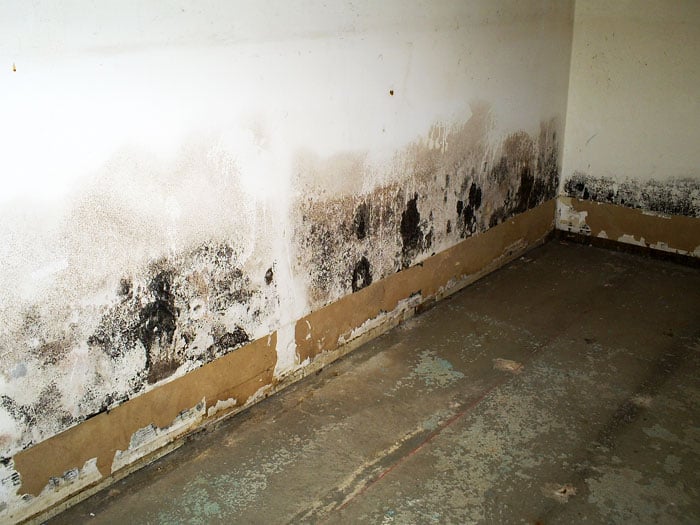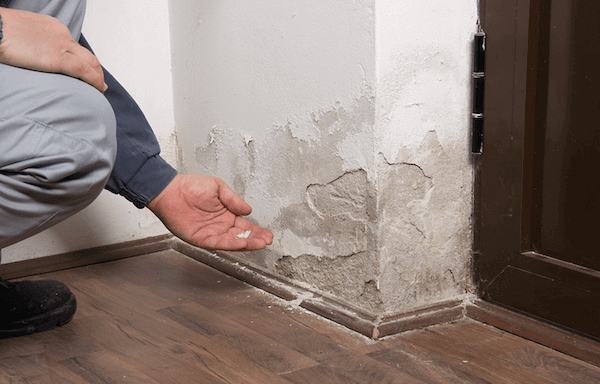6 Water Damage Restoration Do's and Don'ts.
6 Water Damage Restoration Do's and Don'ts.
Blog Article
We have uncovered this article on What You Can Do At Home To Prevent Fire And Water Damage directly below on the web and believe it made good sense to share it with you on this page.

Though water gives life, water invasion on components where it's not expected to be can lead to damages. If the water soaks right into your structure, it can peel away surface areas and also deteriorate the foundation. Mold and mildew and mildew likewise flourish in a damp setting, which can be harmful for your health and wellness. Houses with water damage odor old as well as mildewy.
Water can originate from lots of sources such as hurricanes, floodings, ruptured pipes, leakages, as well as sewer concerns. In case you experience water damage, it would certainly be great to know some safety and security preventative measures. Here are a couple of guidelines on just how to handle water damages.
Do Prioritize House Insurance Policy Protection
Water damages from flood as a result of heavy winds is seasonal. You can likewise experience an abrupt flooding when a faulty pipe unexpectedly breaks right into your home. It would be best to have home insurance coverage that covers both disasters such as all-natural tragedies, and also emergency situations like busted plumbing.
Don't Fail To Remember to Switch Off Energies
This reduces off power to your whole home, preventing electric shocks when water comes in as it is a conductor. Do not forget to transform off the major water line valve.
Do Keep Proactive and Heed Weather Condition Informs
Listen to discharge cautions if you live near a river, creek, or lake . Doing so decreases possible residential property damage.
Do Not Overlook the Roof
Before the weather transforms frightful, make certain you have a roofing assessment. It would certainly be prudent to get this solution each year as it can mitigate complicated issues. If there are no holes and leaks in your roofing system, you can prevent rainfall damage. Your contractor will certainly additionally take care of faulty rain gutters or any other indications of weakening. This will certainly stop water from streaming down your walls and soaking your ceiling.
Do Take Note Of Tiny Leakages
A ruptured pipeline does not happen overnight. You may discover bubbling paint, peeling wallpaper, water streaks, water spots, or leaking noises behind the walls. Have your plumbing repaired before it results in enormous damage.
Don't Panic in Case of a Burst Pipe
Keeping your presence of mind is vital in a time of crisis. Worrying will just worsen the trouble due to the fact that it will certainly stifle you from acting fast. Timing is essential when it comes to water damages. The longer you wait, the even more damage you can expect. Hence, if a pipe bursts in your residence, promptly shut off your major water valve to remove the source. After that unplug all electric outlets in the area or switch off the circuit breaker for that part of your house. Call a trusted water damages restoration specialist for help.
Water provides life, water invasion on parts where it's not expected to be can result in damage. Homes with water damages scent old and also stuffy.
Water damage from flood dues to hefty winds is seasonal. You might observe bubbling paint, peeling wallpaper, water touches, water spots, or dripping audios behind the wall surfaces. When it comes to water damage, timing is vital.
Some Do's & Don't When Dealing with a Water Damage
DO:
Make sure the water source has been eliminated. Contact a plumber if needed. Turn off circuit breakers supplying electricity to wet areas and unplug any electronics that are on wet carpet or surfaces Remove small furniture items Remove as much excess water as possible by mopping or blotting; Use WHITE towels to blot wet carpeting Wipe water from wooden furniture after removing anything on it Remove and prop up wet upholstery cushions for even drying (check for any bleeding) Pin up curtains or furniture skirts if needed Place aluminum foil, saucers or wood blocks between furniture legs and wet carpet Turn on air conditioning for maximum drying in winter and open windows in the summer Open any drawers and cabinets affected for complete drying but do not force them open Remove any valuable art objects or paintings to a safe, dry place Open any suitcases or luggage that may have been affected to dry, preferably in sunlight Hang any fur or leather goods to dry at room temperature Punch small holes in sagging ceilings to relieve trapped water (don't forget to place pans beneath!); however, if the ceiling is sagging extremely low, stay out of the room and we'll take care of it DO NOT:
Leave wet fabrics in place; dry them as soon as possible Leave books, magazines or any other colored items on wet carpets or floor Use your household vacuum to remove water Use TV's or other electronics/appliances while standing on wet carpets or floors; especially not on wet concrete floors Turn on ceiling fixtures if the ceiling is wet Turn your heat up, unless instructed otherwise

As a serious reader on Ways to Reduce The Risk Of Fire And Water Damage, I imagined sharing that excerpt was smart. If you appreciated our post if you please don't forget to share it. We enjoy reading our article about Ways to Reduce The Risk Of Fire And Water Damage.
Report this page